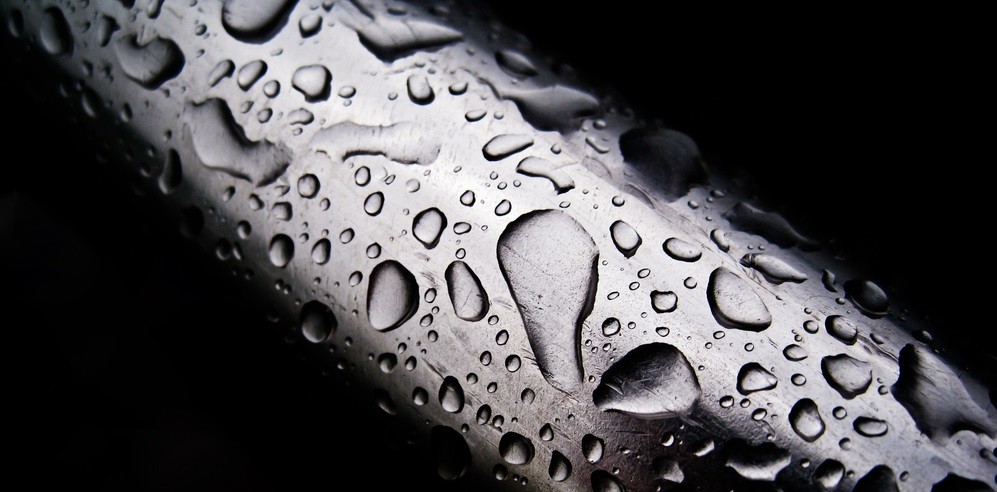How To Reduce Condensation on Windows and Other Surfaces?

Condensation on windows and other surfaces can be controlled by managing the temperature and humidity levels in your home. Condensation occurs when the surface is cooler than the dew point temperature of the air that is in contact with the surface. Unaddressed condensation issues can be destructive to property and harmful to your health.
Ambient humidity levels are generally lower during cold weather, generating conditions that can aggravate health issues such as asthma, allergies and dry skin. Proper humidity levels provide a more comfortable environment and help preserve wood floors, moldings and other furnishings. Most homeowners find that it is beneficial to add moisture to their indoor air through whole-house humidifiers (which deliver moisture into the duct-work of the central heating system) or room / portable humidifiers (which add moisture to localized areas).
Reduce the Humidity Level
Condensation on indoor surfaces such as windows, doors and walls is generally caused by an indoor humidity level that is too high relative to the outdoor temperature. The problem is most noticeable during winter in cold climates when the difference between indoor and outdoor temperatures is greatest.
If you have a whole-house (central) humidifier and have widespread condensation through the house, adjust the humidistat (the humidifier control) to a lower level. Continue to adjust the humidistat periodically until the proper balance is achieved. For humidifiers with a manual humidistat, the level will need to be adjusted regularly as outdoor temperatures change. Many humidifiers have a digital / automatic humidistat with an outdoor sensor that adjusts automatically as the outside temperature changes. Once a proper humidity setting is established, digital / automatic humidistats should require minimal additional adjustment.
Want to get a system check-up just to be safe?
Yes, please!Ventilate
Condensation problems can often occur in limited areas within the home – typically bathrooms, kitchens and areas with limited air circulation. Proper ventilation can remove excess moisture from these areas. Operate ceiling fans in bathrooms during and after baths and showers, run the range hood fan in kitchens when cooking, and use portable fans to circulate fresh air through confined areas. All of these techniques can be used on an “as needed” basis.
Upgrade windows and doors and insulate
Higher indoor humidity levels can be maintained at lower outdoor temperatures when the inside surfaces are well insulated. Consider upgrading to modern high efficiency windows or use storm windows. Install well-insulated doors or add storm doors at entrances. Be sure that the areas around doors and windows are well sealed and insulated.
Ask a professional insulation contractor to check insulation in walls and attics and add insulation as necessary. Not only will you be able to maintain a higher humidity level in your home during cold weather, you will also lower your heating costs.
Dehumidify
In areas with persistent condensation problems such as basements and crawl spaces, use a dehumidifier. If you have a small issue with humidity, but not enough to install a whole home dehumidifier, a perfect solution for you are portable dehumidifiers–not a big, bulky, noisy, unattractive dehumidifier that you would run in your basement, but decor-orientated, silent dehumidifier such as anAlbert dehumidifier from Stadler Form.